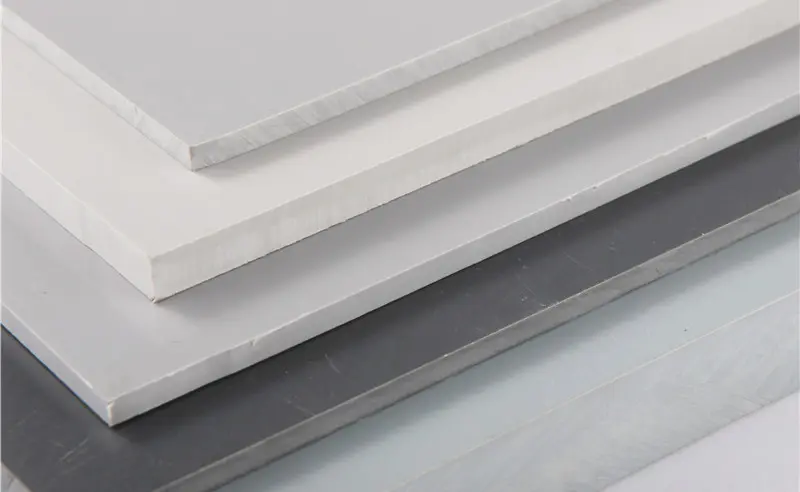Dec . 04, 2024 10:40 Back to list
hdpe poly pipe
Understanding HDPE Poly Pipe A Comprehensive Guide
High-Density Polyethylene (HDPE) piping has become an essential material in various industries due to its versatility, strength, and cost-effectiveness. HDPE poly pipes are widely used for water distribution, irrigation, and sewage systems, making them a critical component in residential, commercial, and industrial applications.
One of the key benefits of HDPE poly pipes is their resistance to corrosion and chemical damage. Unlike traditional metal pipes, which can rust and corrode over time, HDPE piping remains intact even when exposed to harsh environmental conditions. This characteristic extends the lifespan of the pipes, resulting in lower replacement costs and reduced maintenance efforts.
Understanding HDPE Poly Pipe A Comprehensive Guide
In terms of connectivity, HDPE poly pipes can be joined using a variety of methods, including heat fusion and mechanical fittings. Heat fusion creates a seamless joint, ensuring that the pipe maintains its integrity and strength. This is especially beneficial in water supply systems where leaks can lead to significant waste and higher operational costs. By using heat fusion, contractors can assure a strong and leak-free connection that enhances the overall efficiency of the piping system.
hdpe poly pipe

Environmental sustainability is another compelling reason to choose HDPE poly pipes. Made from recyclable materials, HDPE can be repurposed at the end of its lifecycle, reducing the overall environmental footprint. Additionally, the energy required to produce HDPE pipes is lower compared to conventional piping materials, further contributing to sustainability efforts.
The versatility of HDPE poly pipes extends to various applications. In agriculture, they are essential for irrigation systems, allowing for efficient water distribution, which is crucial for crop yield and sustainability. Municipalities use HDPE piping for drinking water distribution and sewage systems due to its safety and durability. Its light weight and flexibility make it easier to install underground, minimizing disturbance to existing landscapes.
Moreover, with advancements in technology, the manufacturing of HDPE poly pipes has seen significant improvements. The introduction of specialized grades and sizes tailored for specific applications provides engineers and contractors with more options to meet the unique demands of their projects.
With the increasing demand for durable, efficient, and sustainable piping solutions, it is no surprise that HDPE poly pipes have gained popularity across various sectors. As industries continue to embrace modern practices and technologies, HDPE piping stands out as a reliable solution that meets both performance and environmental criteria.
In conclusion, HDPE poly pipes are a smart choice for any project requiring a durable, flexible, and cost-effective piping solution. Their resistance to corrosion and chemicals, coupled with easy installation methods and potential for recycling, make them an ideal selection for a wide range of applications. As we move towards a more sustainable future, the role of HDPE pipes will only become more significant in maintaining our infrastructure and safeguarding our environment.
-
Durable PP Rigid Sheet: Lightweight, Chemical Resistant Solutions
NewsAug.21,2025
-
PVC Grey Sheet for Extraction: Chemical Resistant & Durable
NewsAug.19,2025
-
Durable PVC Pipe Fittings for Plumbing & Irrigation Needs
NewsAug.18,2025
-
HDPE Steel Belt Reinforced Spiral Corrugated Pipe | High Strength
NewsAug.17,2025
-
HDPE Pipe Fittings: Durable, Leak-Proof Solutions
NewsAug.16,2025
-
Premium CPVC Sheet: High-Temp & Chemical Resistant Solutions
NewsAug.15,2025

